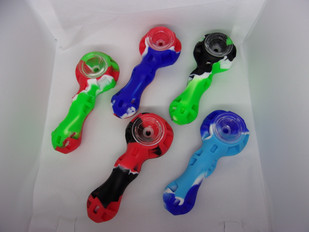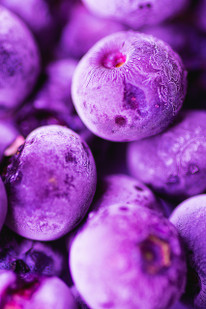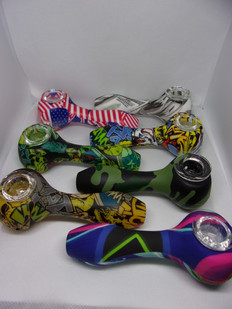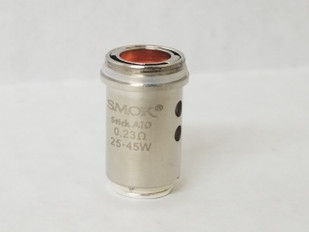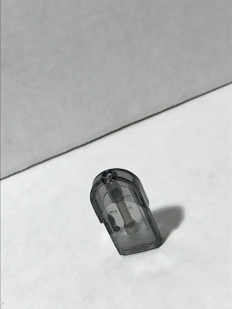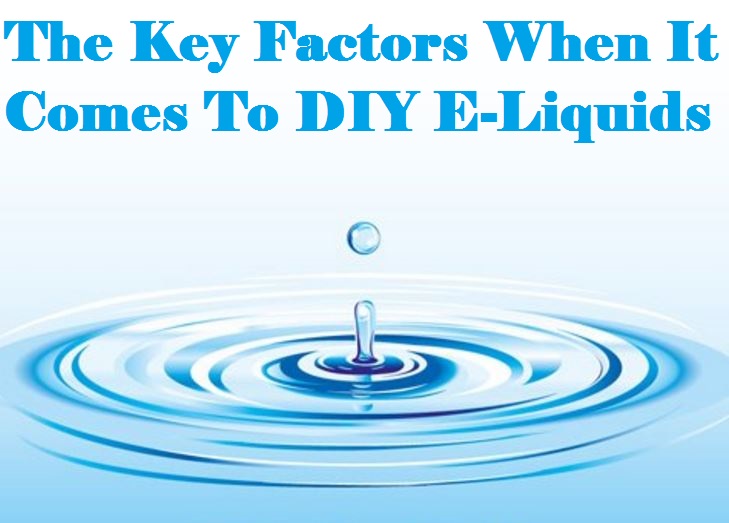- Home
- The Vape Mall Blog
- The Key Factors When It Comes to DIY E-Liquids
The Key Factors When It Comes to DIY E-Liquids
Posted by on
Making your own e-liquids can be difficult, but with the right time management and determination you can create something absolutely breathtaking. There are so many different variables to be controlled, and changing one of these variables can affect the delicate balance of the others in ways you cannot predict. Fortunately, there are some key factors that definitely effect your DIY creations in predictable patterns.
One of the major variables in DIYe-liquids is the diluent, or diluent ratio, you use. Diluents are the bases of your vape juice, compounds that will store your juice and retain the flavor. The two used in vaping are propylene glycol (PG) and vegetable glycerin (VG). While these perform the same function - retaining flavor and producing vapor - they have some functionally different properties. Furthermore, e-liquids use different ratios of these two diluents to create different vaping experiences. Vegetable glycerin is known to produce much thicker clouds of vapor. It also retains sweeter flavors much better, but can also add a cloying taste to the vapor itself. Propylene glycol is much thinner, but tends to provide a better throat hit in conjunction with proper nicotine levels. Depending on the flavoring you choose, the ratio of these two diluents might change. If you want a sweeter flavor to be brought out, then increasing the ratio of VG to PG would be wise. Conversely, if you want the other flavors brought out, increasing the ratio of PG to VG would be in order.
Another factor in DIY e-liquid fabrication is what device you intend to use the e-juice with. Referring back to the PG and VG ratios, certain devices may not be correct to use with certain diluents. Too high of a VG concentration may create a more viscous vape juice, which would be nearly impossible to correctly pull using an e-cigarette. Along with that, certain devices may not be wise to use with certain flavors or nicotine content levels. For example, you would never want to create an e-liquid with high nicotine content that would be used in a MOD. Why not, you may ask? With a MOD, you’re inhaling far more vapor (and therefore e-liquid) per pull than with any other device. Therefore, you’re also inhaling a far higher nicotine concentration than you would with other devices. If you vape with this liquid too much, it’s quite possible for too much nicotine to enter your body, and you’ll start feeling the not-so-great side effects. Nobody enjoy nausea, abdominal pain, and headaches very much, all of which are common nicotine overdose symptoms.
Yet another key factor is device temperature. Understanding flavor chemistry is key to finding the right temperatures for your e-liquids, and understanding your device’s temperature range is key for designing your DIY e-liquids. Your device most likely has a strict temperature range that it can heat the coils to. If you’re technologically advanced, you may already have a temperature control mod in your system. Each e-juice you create will have a “sweet spot”, where all of the finer textures and tastes will blossom to the forefront. This is due to the actual molecules the flavors are made from. Different compounds will have different melting temperatures, meaning that they will in essence dissolve and lose all flavor. While the diluents buffer this temperature somewhat, finding that critical temperature that turns the liquid to vapor without losing flavor is absolutely critical. There is a point at which flavors are most attractive toward sensory receptors in your nose and mouth, creating that amazing taste. Go too far past that and you’ll get that charred flavor, a product of burning e-liquid. It’s important to consider your device’s temperature range while you’re making your e-liquids, as creating an e-liquid with a sweet spot above your device’s range would be unwise.
E-liquid creation is truly an art form. With these key factors and some experimentation, you’ll be creating flavorful juices in no time. Temperature, device type, and diluent ratio are all critical elements that you should keep in your mind while designing your flavors. Make those blends perfect and enjoy the new, unique textures that only you have the privilege of tasting.
 Loading... Please wait...
Loading... Please wait...



